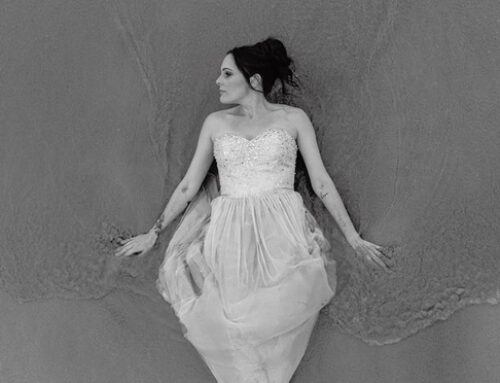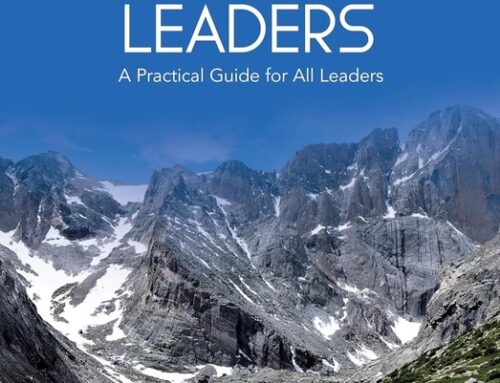
The first principle here is to combine book signings with travel you were going to do anyway. Our big three-part tour last year was structured around a family reunion, three science fiction conventions, and a high school reunion. Added to that were three Civil War Roundtable events, which are not quite the same as book signings, and a charity benefit. It took us to Las Vegas, Amarillo, Albuquerque, and the San Francisco Bay Area as well as local venues like Los Angeles and Bakersfield.. And it made all of those trips a tax deduction, at least in part. (Check with your accountant about this.)
So how did I end up doing 22 events?
Book signings are a good way for book stores to engage the community and get people into the store. Book stores exist to sell books. Not every book will work in every store. And if you don’t do it right, the only thing you will end up doing is telling people where the bathroom is.
Twelve of these stores were in the Hastings Entertainment chain. If you live on either coast, or in a big city, you probably have never heard of Hastings, which has 152 stores, mostly in small towns in the Southwest and smaller cities like Albuquerque. Hastings combines aspects of Blockbuster, Gamestop, Starbucks, and the old Tower Records chain with a smaller bookstore chain like Booksamillion. They are a video store on steroids, and, in some places, the only store in town selling books. They give their local Book Managers a lot of autonomy and it is these front line people who decide whether or not it’s worth having you in for two or three hours. They put you at a table in a high traffic area and let you present yourself and your book as best you can.
My efforts at other chains were not as successful. Barnes and Noble has a stated policy that if they don’t normally carry it on the shelf then they generally won’t let you do a signing. They have a small press department that will make your book a special order item, but shelf space is something they demand and get money for from the big publishers. Borders refers you to a regional marketing manager, who, in my case, never returned the call. Independents are often eager, but idiosyncratic. Some will. Some won’t, and it’s no use trying to convince them otherwise. The prejudice against self-published work is strong. It depends on the person you talk to. I never argue. They know their market and I don’t, and there are more bookstores out there than I will ever be able to sign at. I move on. I don’t send e-mails, but I do send reading samples, if they want to see one, because everyone, large or small, is expected to do this. With the reading sample, I send the printout of the reviews so far from our web site. Reviews also sell books. Booksellers like to see reviews.

Online bookselling through Amazon.com and other web sites is a small portion of the total potential market. You really need to get into the “brick and mortar” spaces. This is where more than 80% of all books are still sold. People want to see and handle the book before they buy it.
Right now, a “best selling” self-published book is one with sales in the hundreds. Most sell less than that because authors rely upon the Web as their primary sales tool. Amazon sells everything, which means you are competing with every book in the world. Brick and mortar spaces limit choice. That drives sales of the books they do have. Most books are hand-sold, recommended by people working in bookstores.
The two or three hours you spend doing a signing creates buzz for the book. People are thrilled to meet a real author, and many collect signed editions. These are the value addeds you bring to the store. You have to support your signing with publicity. The local newspaper probably no longer reviews books, or , if it does, uses syndicated reviews from a big paper like the New York Times. They seem absolutely allergic to stories about local authors, especially those self-published, because the “news hole” is shrinking and none of us are as fascinating as we think we are. But you can put your own notices on BookTour.com, Craigslist and local calendar web sites, often with a photo or an image of the book cover – and these draw people to the signing. You might luck out and attract the attention of a local columnist. I did once and got a nice bit of ink from Jennifer Huard, of the Rio Rancho Journal…and that also drew people to the store.
You don’t sell that many books, especially in this economy, perhaps two an hour, but you are really trying to get people to buy the book sometime in the future, read it and create buzz by telling their friends, and by simply showing up you accomplish much.

You will have to talk to customers to close the sale. Friendly conversation is the best method rather than high pressure sales techniques here. Those tend to be a “negative sell” because they turn people off. You will get the same questions over and over, but a cheerful demeanor and a positive attitude can produce sales. Put it another way; if they don’t like you, you have little chance of closing the deal.
Which means if you are so impressed with yourself that you think this kind of marketing is beneath you, then you are better off not doing these events. I heard a few tales from bookstore owners and book managers that were just sad. Some authors show up, and live down to their reputation as assholes. They are grumpy, patronizing, irritable or obviously bored and put-upon. For a self-published author to do this is commercial suicide, nothing less. These managers talk to each other. There are e-mail bulletin boards where they post messages about you.
They want to sell books, and while you are there, you are their primary sales tool: the attraction that draws people to the store. It’s not a symbiotic relationship. Yours is one book among thousands they have on the shelf. You need them more than they need you. You especially need their good opinion.
So it is in your best interest to show up early and stay late. You have to do the full time. Cutting out because no one shows up is a big no-no. It’s rude, for one thing. So is being so obviously bored that you wander off and start looking at other books on the shelves. You have maybe a second to engage someone walking in the door. You have to be there at the table to do that.
Selling is all about overcoming objections. In my opinion, competing on price alone is a mistake. People will pay extra for a quality product. Put enough margin in your price so that everyone makes money. Invest in a great cover, not a good one. It should be eye catching and dramatic, and reproducible at every size from a web site thumbnail to an 11″ by 17″ poster. You can get posters made up for each signing at FedEx, and can mail them or have them mailed ahead so they go on the front window of the store. This, too, creates sales. I got the idea from a Hastings Book Manager named Trudy Simlar in Canon City, Colorado. She asked for them and was selling copies of the book even before we showed up. People do see the poster and then want to see the book.
Provide bookmarks ahead of time and bring more with you. Sign every book you’re asked to, even if they were bought elsewhere. Make sure the book has actually been bought before you sign it. Send them to the cash register. You don’t work for the store and can’t handle their money. Thank the people at the store who help you set up. Create a positive atmosphere because you will want to come back again, especially if you didn’t sell many books the first time. By the way, you have to dress for the gig. Whatever your personal style is, you are representing the store, as well. A nice suit, or sports jacket & slacks, & tie, or the equivalent for a woman, is recommended.
Oh, and make sure you have a box of your book in the car. Ingram doesn’t always deliver in a timely manner, and sometimes not enough are ordered to cover demand. You can work out payment on the spot with the manager on duty.
None of this is rocket science. It’s about finding the audience for your book because most of the people coming through that door have never heard of you , or your book. It will not sell itself. You have to be an advocate – and who can do that better than you?. Generally, I find book signings to be an enjoyable process. They can be a lot of fun…and they will work for you if you try.
Get an Editorial Review | Get Amazon Sales & Reviews | Get Edited | Get Beta Readers | Enter the SPR Book Awards | Other Marketing Services






















I self-published two books in two years. I have been living on dialysis for over two decades, and i was encouraged by varies techs, nurses, as well as fellow dialysis pts. whom i had been sharing a great deal of my experience and knowledge with for several years, they all encouraged me to share my experience and knowledge with others out there faced with dialysis for continued survival. I had been trying varies strategies to promote the selling of my books, a local talk show, PKD Walk events, and varies other events. I have also mention my books on varies discussion forums all over the world. As i am on a fixed income, i don’t have the capital to have a promoting service help me to sell my books. I have also tried vigorously to get the attention of varies national talk shows, but i haven’t heard anything from any of them, i feel the media has ignored this very seriously growing dialysis community. And my goal is to help as many people that could potentially benefit from my many years of dialysis history. Even if you aren’t a dialysis pt, or have CKD, i urged people in my book, to just go get tested for possible CKD. Early diagnose can be beneficial, because they can take preventive measures to prolong or even in some cases, reverse the progression, but most non-dialysis pts. aren’t even aware that everyone is at risk of some degree of Chronic Kidney Disease, especially those with a history of diabetes and/or high blood pressure (two of the main causes of CKD). I happen to have the inherited kidney disease – polycystic kidney disease. If you can give me some advice on how to promote these books, please let me know real soon, what i can do, that is not too expensive. i hope to hear from someone real soon.
take care
Glo